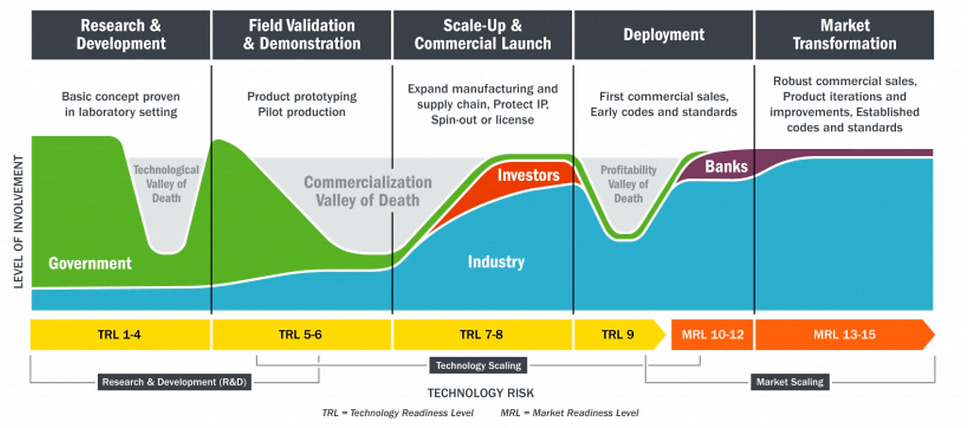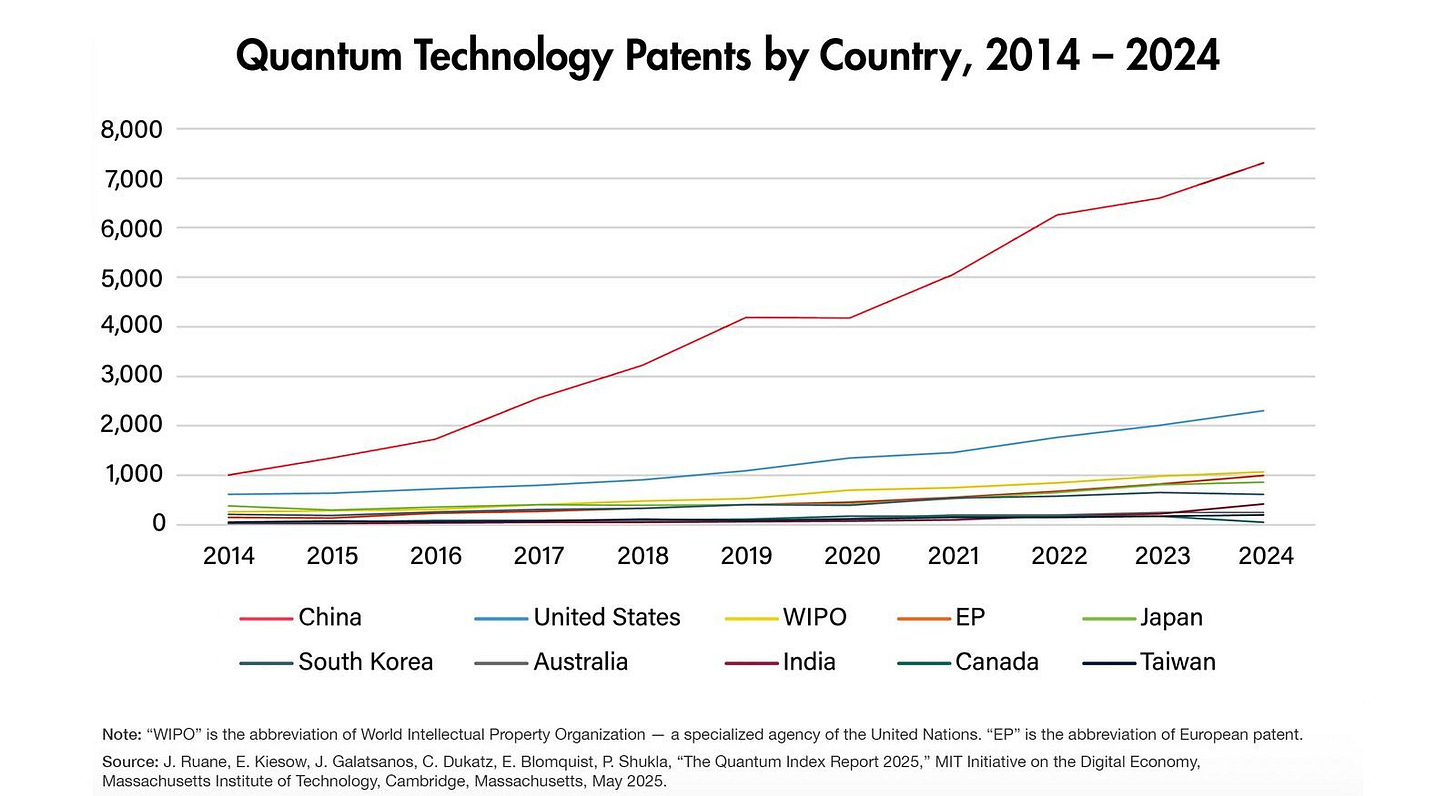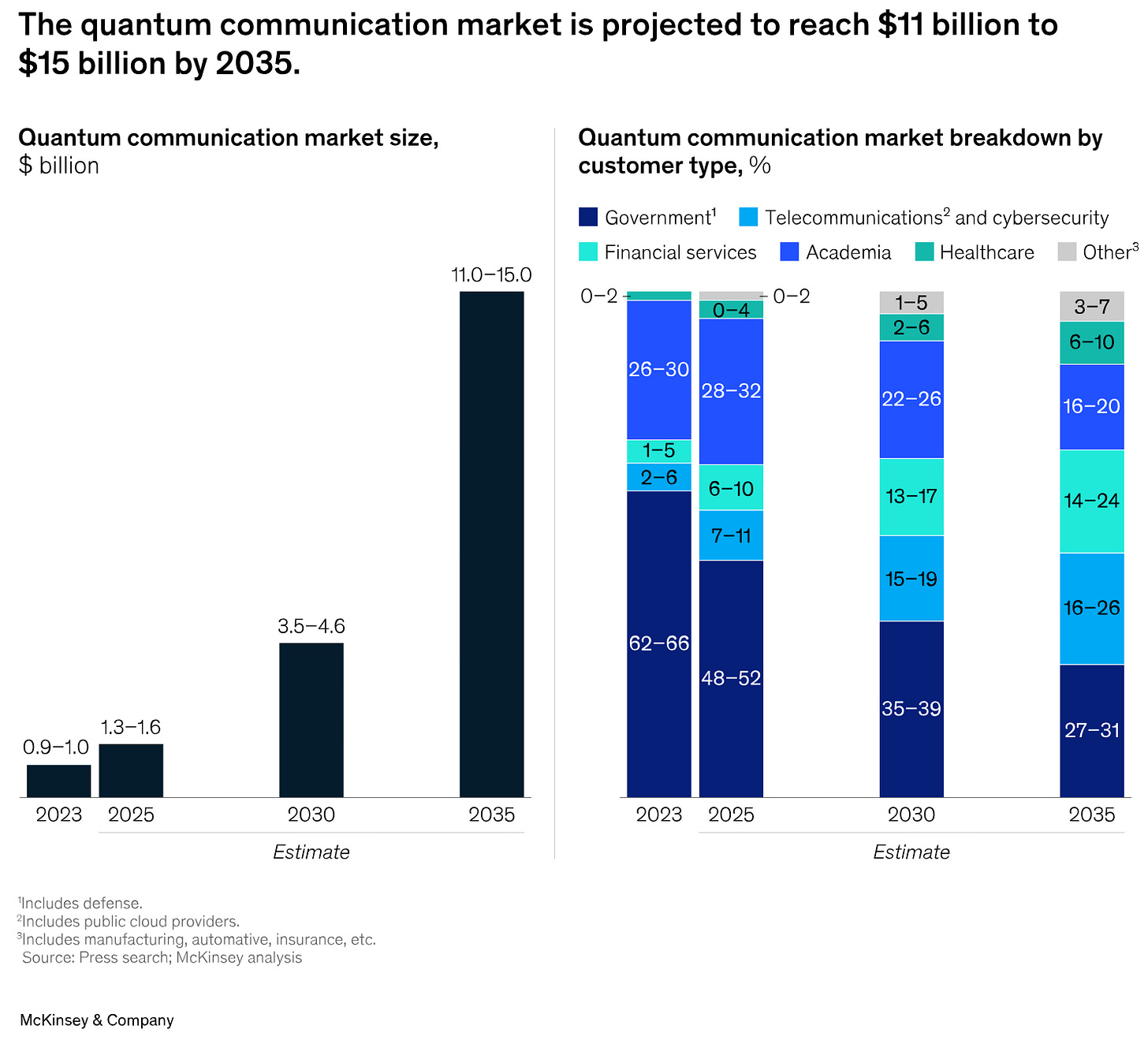Deeptech Without Detours: Closing the Gap Between Genius and Future Order
Evolving Technology Readiness Levels to Better Connect Breakthrough Innovation with Real‑World Application
Picture this: You’re Billy Beane, but instead of baseball players you’re assessing quantum, hypersonics, and AI. The old scouts cling to revenue multiples, patent counts, and publication tallies—the batting averages and home runs of innovation theatre. You know the real game‑changers don’t show up on those stat lines.
This isn’t a thought experiment. It’s the reality for technologists, investors, and policymakers navigating deeptech today. We’re using yesterday’s metrics to judge tomorrow’s breakthroughs—and it’s costing us.
The TRL Problem: From Genius to Gridlock
Technology Readiness Levels (TRLs) were born at NASA to simplify conversations about space hardware maturity. They worked brilliantly in that context.
But as TRLs spread across defence, energy, biotech, and AI, they became something else:
A checkbox in a CRM, or
A 50‑page compliance report that can take months (anecdotally up to 18 months in DoD) and hundreds of thousands of dollars to produce.
Neither outcome helps a founder raise capital, a policymaker allocate resources, or an investor price risk.
There are two main TRL valleys:
The technological valley—focused on utilisation and application.
The commercialisation valley—where funding and market adoption challenges dominate.
These crucial transition phases, where technologies move from laboratory to real-world application, fall into an assessment void, primarily because TRL assessments have been too esoteric.
The irony? TRLs were meant to accelerate decisions, not slow them down.
The Patent Paradox
Patent counts have become the batting average of innovation assessment—a seemingly objective measure that tells us surprisingly little about actual performance or benefit. Despite a substantial increase in patent filings per capita in the United States over recent decades, productivity growth has slowed. This isn’t coincidence; it’s evidence of a system optimising for the wrong perception of an outcome.
In quantum computing and AI, this problem becomes acute. Many innovations exist at such a foundational level that they risk being classified as “abstract mathematical ideas,” making them ineligible for patent protection under frameworks like the U.S. Alice/Mayo test. Meanwhile, the 20-year patent term becomes meaningless for technologies that may take over a decade to mature. Companies are forced to rely on trade secrets, making their true technological benefit invisible to external assessors who currently depend on public patent data or publication counts—neither of which are truly informative.
Why This Matters Now
Deeptech is rarely SaaS. It’s capital‑intensive, long‑cycle, and strategically consequential. Yet our assessment frameworks remain anchored in:
Esoteric TRL interpretations that don’t translate across industries.
Patent counts and publication metrics that signal activity, not impact.
Financial ratios that ignore strategic externalities like deterrence or sovereign capability.
The result? We underfund transformative technologies and overfund incremental ones. We miss the next Wi‑Fi because it looks like “radio astronomy trivia” until it changes the world.
Two Technologies, One Pattern
Quantum Technologies: The Uncertainty Principle of Valuation
Quantum’s value lies almost entirely in future potential we barely understand. Standard valuation techniques simply don’t apply when you’re dealing with technologies that exist in superposition between breakthrough and failure.
PsiQuantum — The Invisible Milestones
A photonic quantum computer could redefine materials science, energy, and pharma. But its progress is measured in error‑corrected qubits, not EBITDA. Traditional TRL assessments struggle to capture what matters: integration of photonics stacks, cryogenic control systems, and manufacturing yield. Investors, governments, and the public are left guessing.
Hypersonics: When Strategic Value Defies Financial Logic
The hypersonics sector illustrates how national security imperatives render traditional financial metrics not just inadequate, but irrelevant. With single-year R&D budgets exceeding $11 billion, these programs can’t be evaluated through conventional ROI calculations. Their primary “return” is strategic deterrence—an outcome that exists in the realm of geopolitics, not corporate finance.
Venus Aerospace — Beyond Unit Economics
A hypersonic aircraft promising one‑hour global travel sounds like science fiction—until you see the propulsion breakthroughs. Yet conventional assessments fixate on cost per passenger mile, ignoring dual‑use defence pathways and strategic logistics value. TRLs assessments often read like a foreign language to anyone outside aerospace.
The Gap: TRLs as Governance, Not Guidance
Today, TRLs are often treated as governance artefacts—a compliance tick for procurement or grant programs—rather than decision tools for capital allocation, risk management, and strategy. They rarely answer the questions that matter:
What is the probability‑weighted time to impact?
What are the integration and adoption barriers?
What strategic externalities (sovereignty, deterrence, ecosystem spillovers) does this unlock?
The Opportunity: From Esoteric to Industry-Relevant
We don’t need to throw TRLs away. We need to evolve them:
Contextualised score: TRL 6 in quantum applied to defence does not mean the same as TRL 6 in biotech.
Data‑driven overlays: Combine technical maturity with adoption signals (supply chain readiness, regulatory pathways) and value indicators (market use, strategic relevance).
Dynamic updates: Move from static PDFs to living assessments that refresh as data changes—think telemetry, not paperwork.
This isn’t about inventing another acronym. It’s about making TRLs fit for purpose in a world where deeptech is the new infrastructure.
Future Order: Advancing Humanity
Here’s the real prize: multi‑use clarity. When we overcome the first valley of death, that is understand how and where a technology can be applied, we unlock a multiplier effect:
Quantum breakthroughs for drug discovery and energy optimisation.
Hypersonic propulsion feeding space launch, high‑speed logistics and connecting the world.
AI models accelerating national security, climate modelling and advanced manufacturing.
Better assessment isn’t bureaucracy—it’s the bridge between invention and impact. It’s how we stop treating technologies as single‑use bets and start seeing them as platforms for solving critical global problems.
Why I Built Azymmetric
This is the gap Azymmetric was created to close: helping decision‑makers move from compliance‑driven assessments to data‑informed, industry‑relevant insights. Not by replacing TRLs, but by making them actionable—linking technical maturity to adoption pathways and strategic value.
If we succeed, we won’t just fund better technologies—we’ll understand how to apply them across domains, unlocking multi‑use solutions for energy, health, security, and climate. That’s how we turn deeptech from isolated moonshots into the scaffolding of a better future.





